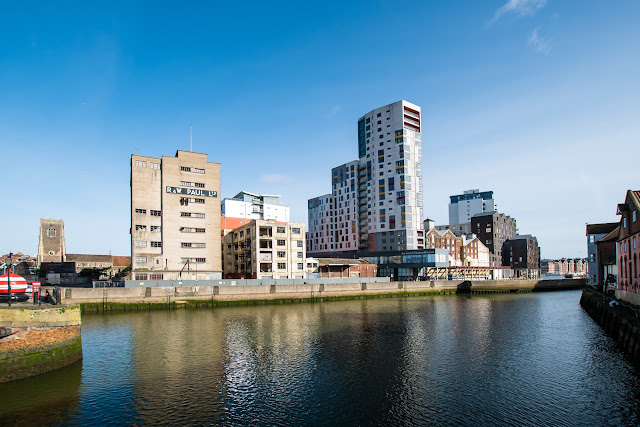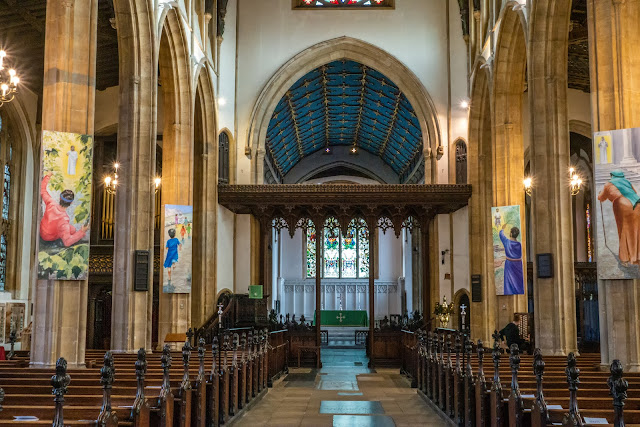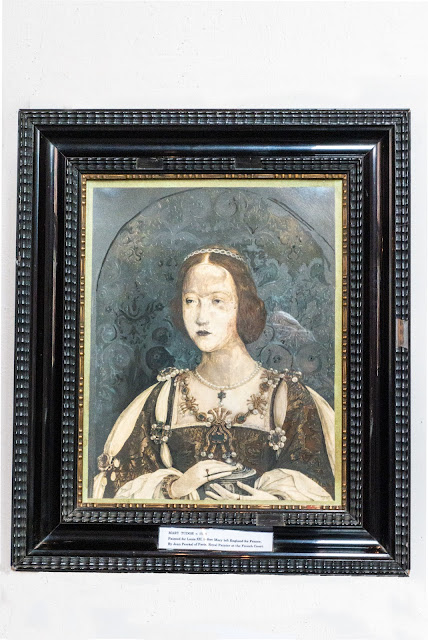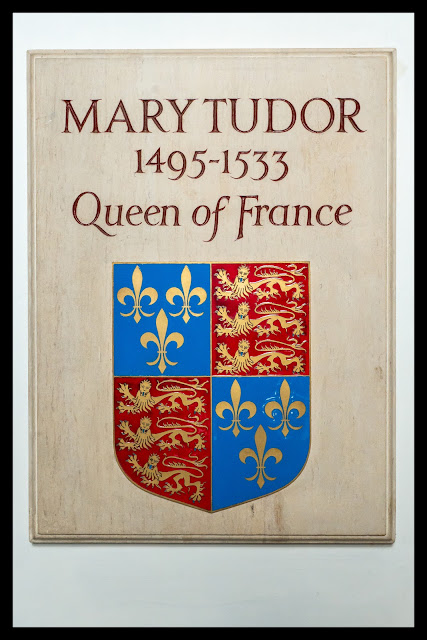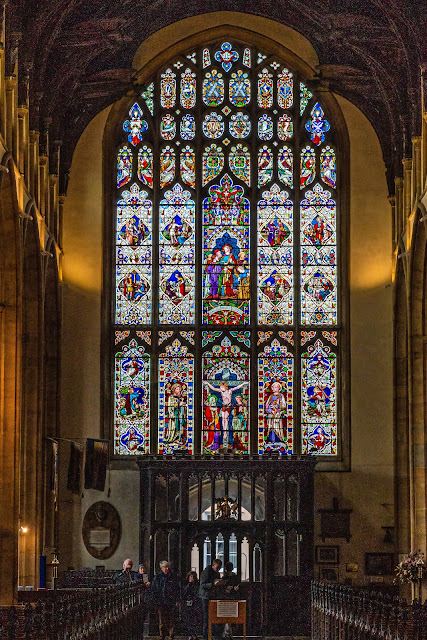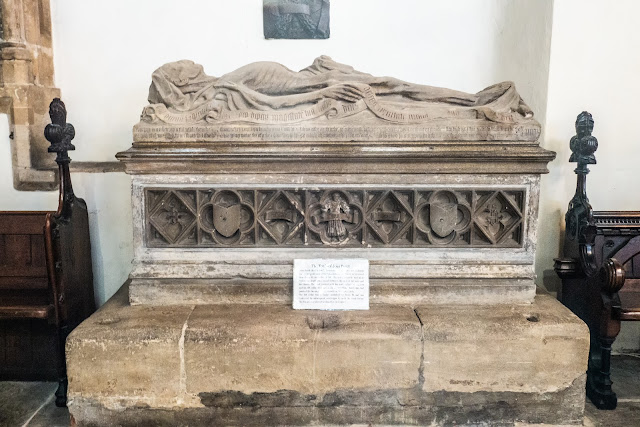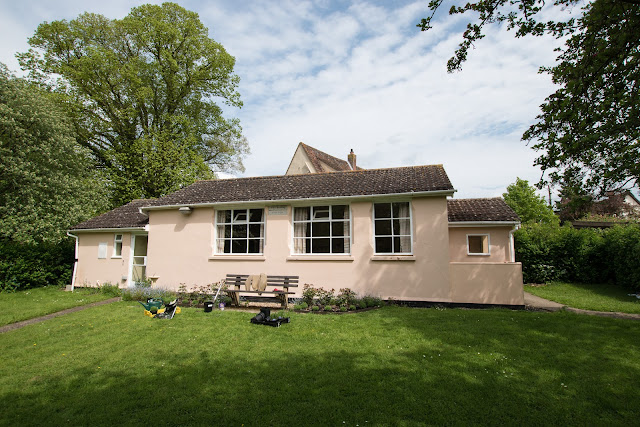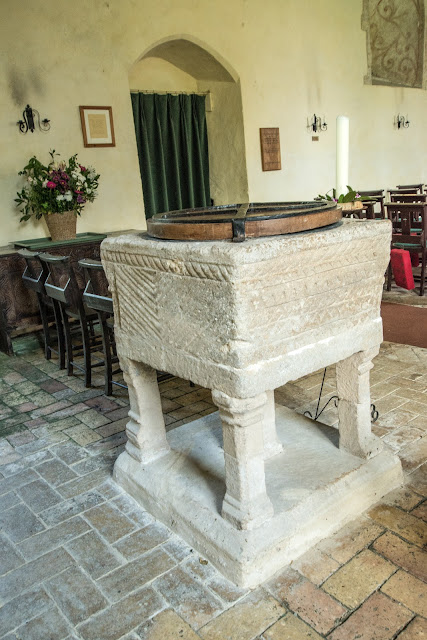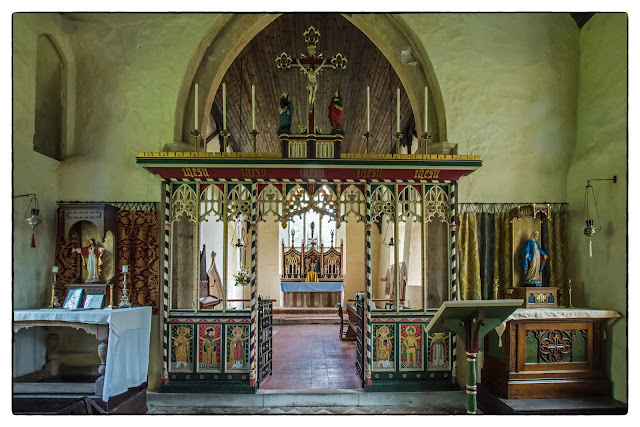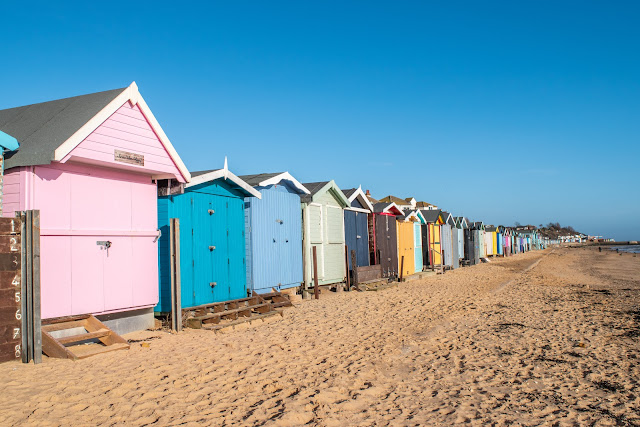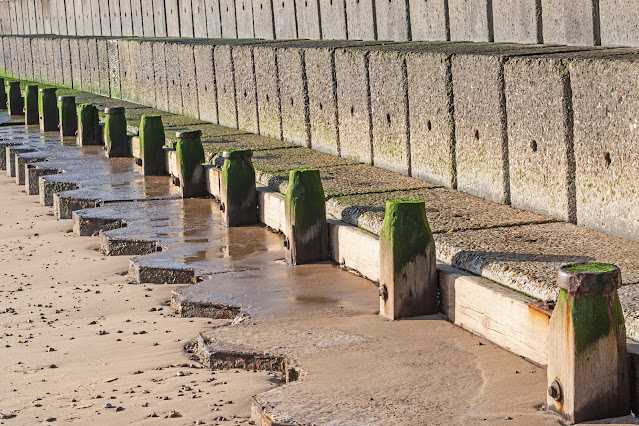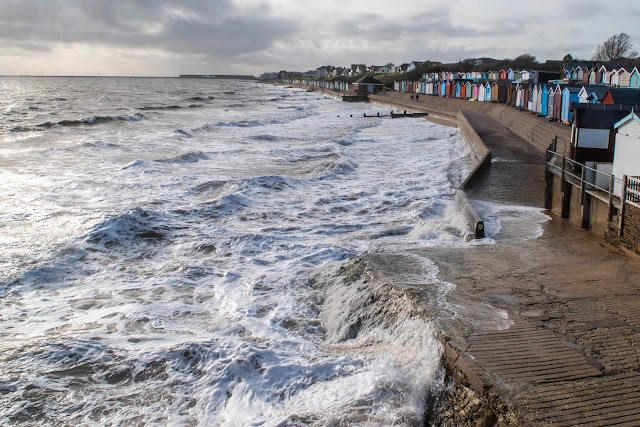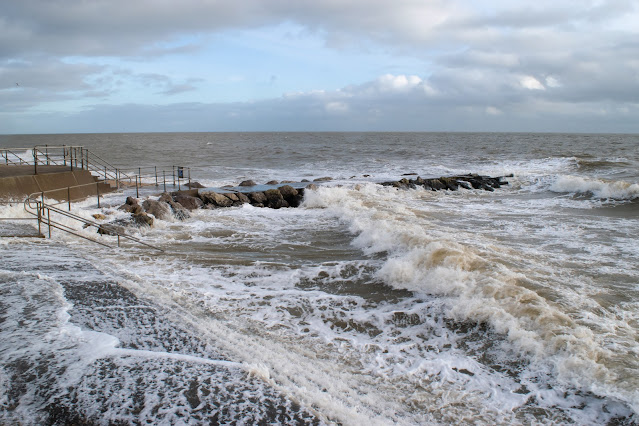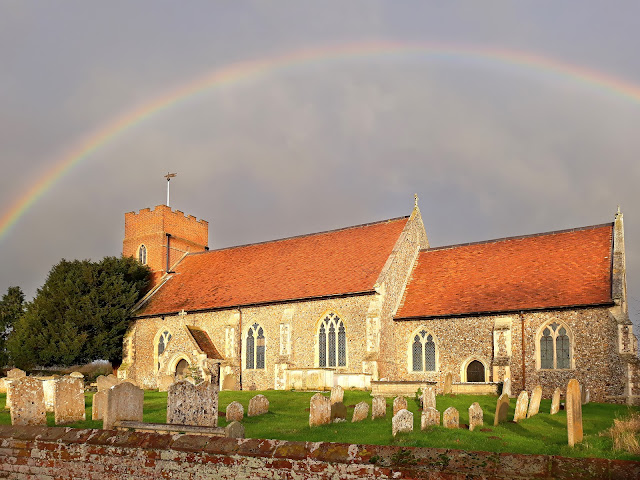Question marks are being asked (according to the local press) about the future of the two largest buildings at that end of Ipswich Waterfront historic Wet Dock - The Mill tower and the former Paul's Silo. It was announced this week that the former Burton's building on the Waterfront is to be converted into a new arts hub, bringing a huge boost for that part of the town.
However, the Mill tower is still incomplete. There are no flats completed in the tallest building in Ipswich and it is still in the hands of administrators as legal talks about who is responsible for the cladding that became dislodged in the St Jude's Storm in 2013. Talk about Red Tape and Bureaucracy!!
The former Paul's Silo (on the left) is now owned by the borough and I don`t know the plans for it at the moment. One hopes that this remaining area of the Waterfront can soon be transformed in keeping with the rest of this lovely area.
At the University end of the Waterfront, this is the frontage of one of the many accomodation blocks.
Old steps on the outside of the former Burtons building at the start of the Waterfront
The Old Custom House, is without question, the finest building on Ipswich Waterfront. It’s impressive frontage combines two stairways with stone balustrades befitting the classic style of the building, and it complimented by four Tuscan columns and pediment under the portico at the top of the stairs. Ornately decorated with carvings of the Borough Arms, and whilst the actual date is not known, the arms are estimated to date back to around 1200, when the first Charter was granted to the Borough by King John.The Custom House dates back to 1845, and was designed by John Medland Clark, a local architect who won a competition for the design of the building.
Isaacs on the Quay sits along one of the most important historical features of Ipswich’s past – the now regenerated waterfront, which has long been a trading hub for the town. The complex of buildings that make up Isaacs on the Quay has a long history dating back to medieval times.
While the buildings carry the name of Isaac Lord – a local businessman who bought the property from the Cobbold brewing family in 1900 – Isaacs on the Quay is set in a collection of Grade I and Grade II* listed buildings – including medieval and Tudor – some of the oldest sections were constructed between 1430 and 1550. Home, and the way of life of a wool merchant when Ipswich was one of the most prosperous and important towns in England, the buildings retain many of their original features, including the carefully restored corn-dressing machine – a rare survival of an 18 century hand-malting concern – in the Machine Room. The Merchant House was built in 1636 and has since been lovingly restored into a fully functional guest house.
Isaac Lord purchased the Isaacs on the Quay buildings around 1900 and they continued to be used for trading coal and corn until the 1980s. John Cobbold, known locally due to the Tolly Cobbold brewery, also once lived in the Isaac Lord house. The Isaacs on the Quay complex received a direct hit in Second World War. The Foreman’s Cottage, which was attached to the Crossways, was destroyed, as was part of the Saleroom roof. Thankfully, though, nothing else was damaged.
View across the Neptune Quay from the far end.
Ancient and modern. St Mary at the Quay sits among the modern structure. This medieval church lies next to Ipswich's regenerated quayside. It was built, or perhaps rebuilt, between 1450 and 1550. Elegant Perpendicular windows bathe the interior - and its handsome arcades - with light. The wonderful Medieval double hammerbeam roof in the nave (one of the earliest of its type) has carved figures of apostles, other worthies and less formal images in the spandrels. There is also a handsome octagonal fifteenth-century font.
A previous visits to the waterfront can be seen HERE
